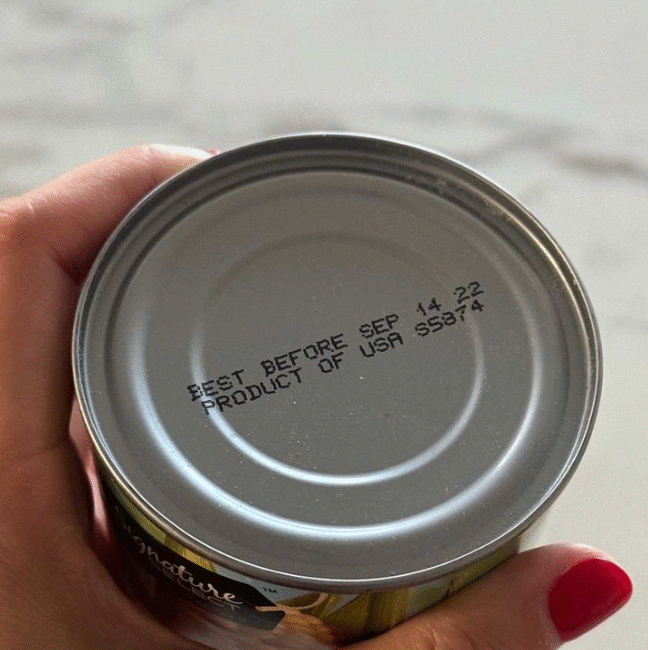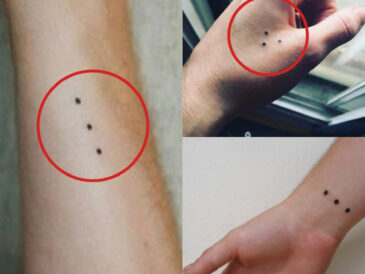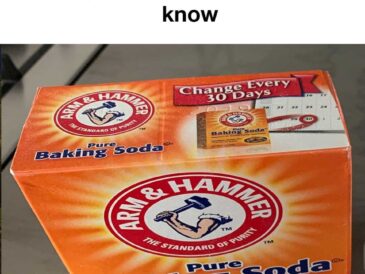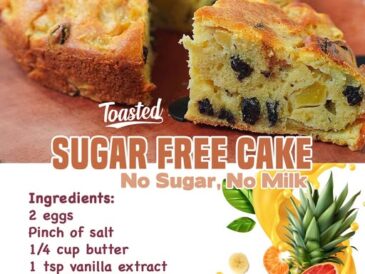In the modern world of grocery shopping and food consumption, you may find yourself frequently tossing out canned goods, jars, or packaged foods simply because the label says “Best By” or “Best Before” a certain date. But what if I told you that most people misunderstand these dates and, as a result, throw away perfectly good food? This article dives deep into the world of food labeling, clarifying what these dates really mean, why they exist, and how you can interpret them to save money, reduce waste, and avoid unnecessary trips to the store.
Understanding Food Date Labels: Why Do They Exist?
Food manufacturers include date labels like “Best By,” “Best Before,” “Use By,” and “Sell By” on packaging primarily to indicate quality and safety guidelines. These dates serve as recommendations rather than hard deadlines, guiding consumers on the period during which the food is expected to be at its peak flavor, texture, and nutritional value.
The Main Types of Food Date Labels
- Best By / Best Before: Indicates the date until which the product is expected to be at its best quality. It does not mean the food is unsafe after this date.
- Use By: Usually indicates the last date recommended for consumption while the product is still safe to eat, often found on perishable items.
- Sell By: Tells retailers how long to display the product for sale. It is not a safety date for consumers.
Why the Confusion?
The problem lies in consumers equating these dates with expiration or safety indicators. People often interpret “Best By” as “throw this away after this date,” leading to enormous amounts of food waste every year. According to the USDA, approximately 30-40% of the food supply in the U.S. is wasted, with date label misunderstanding playing a significant role.
The Science Behind ‘Best By’ and ‘Best Before’ Dates
How Are These Dates Determined?
Manufacturers use a combination of scientific testing, including microbiological analysis, sensory evaluations, and chemical tests to estimate when the product will start to lose its ideal qualities. This process involves:
- Microbial Stability: Testing for bacterial growth or spoilage organisms.
- Shelf Life Studies: Assessing the product’s texture, flavor, and nutritional value over time.
- Packaging Integrity: Considering how packaging affects shelf life, such as vacuum sealing or canning.
What Happens After the ‘Best By’ Date?
Importantly, “Best By” and “Best Before” dates refer to quality, not safety. Many canned goods, dried foods, and other shelf-stable products remain safe and edible long after these dates. While the texture or flavor might not be optimal, they do not become poisonous or harmful immediately after the date passes.
For example, canned foods are sealed in a sterile environment and cooked to kill bacteria. As long as the can is intact—no rust, dents, or swelling—the contents inside remain safe for years.
Why You Shouldn’t Toss Food Based on ‘Best By’ Dates Alone
Food Waste is an Environmental and Economic Problem
- Environmental Impact: Food waste contributes to greenhouse gas emissions. When food decomposes in landfills, it releases methane, a potent greenhouse gas.
- Economic Cost: Throwing away food that’s still good is like throwing away money. The average household wastes hundreds of dollars annually due to misunderstanding date labels.
Signs Food Has Spoiled (Beyond the Date Label)
Instead of relying solely on dates, use your senses to evaluate food safety:
- Look: Check for discoloration, mold, or unusual textures.
- Smell: If it smells sour, rancid, or off, discard it.
- Taste: If it looks and smells fine but you’re unsure, taste a small amount to check for off-flavors.
Click page 2 for more



